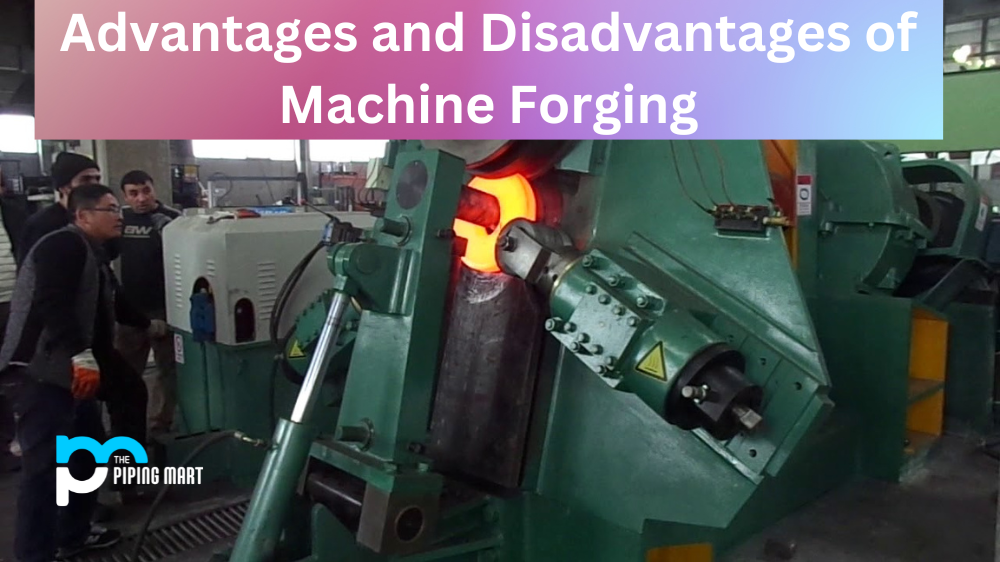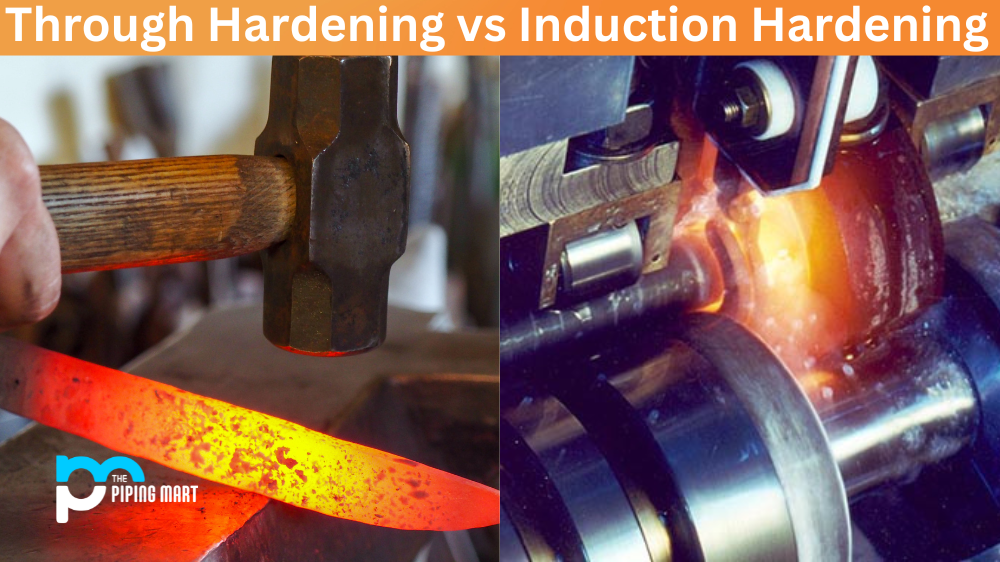Metal forging is a process that has been used for centuries to shape metal into different forms. In recent times, however, technology has advanced to the point where machines now do most of the work—a process known as machine forging. This type of forging offers many advantages over traditional techniques, but it also carries with it some potential drawbacks. Let’s take a closer look at the pros and cons of machine forging so that you can make an informed decision about whether or not it is right for your project.
Advantages of Machine Forging
The primary advantage of machine forging is that machines are capable of working much faster than human beings. This means that you can often get your parts forged more quickly and with fewer mistakes than if they were done manually. Machines are also able to produce more precise shapes and sizes than humans can, making them ideal for projects that require highly accurate components. Finally, using a machine makes the entire process more cost-effective since it requires less labour and material costs than manual methods do.
- Machine forging is a process that can be used to create a wide variety of metal products.
- Machine forging is a very efficient way to produce metal products, as it can be done quickly and with little waste.
- Machine forging can produce products with very precise dimensions, which is important for many applications.
- Machine forging can be used to create products with complex shapes that would be difficult or impossible to create using other methods.
- Machine forging is a very strong and durable method of construction, which is important for many applications.
- Machine forging can be used to create products that are resistant to corrosion and wear, making them ideal for many environments.
Disadvantages of Machine Forging
One potential drawback of machine forging is that you may need to invest in specialized equipment before you can use it. This can be costly upfront, depending on what kind of work you need to be done and what type of machines are best suited for the job. Additionally, machines may not always be able to produce certain shapes or sizes because they cannot replicate all the nuances and subtleties that a skilled craftsman could achieve with manual techniques. Finally, machines may require regular maintenance in order to keep running smoothly, which could add additional costs to your project budget over time.
- Forging produces a lot of waste material
- Forging is a very energy-intensive process
- Forging can only be used to create parts with simple shapes
- Forging can be a dangerous process
- Forged parts are often more expensive than parts produced using other methods.
- Forging can produce parts that are difficult to inspect
Conclusion:
Overall, machine forging offers many advantages over traditional methods when it comes to producing metal components quickly and efficiently while still maintaining high levels of accuracy. While there are some disadvantages as well—such as needing specialized equipment upfront and possible maintenance costs—these should not discourage you from considering machine forging if it is the right choice for your project needs. Ultimately, weighing the pros and cons carefully should help you determine if this type of metalworking is right for your needs or not.

A passionate metal industry expert and blogger. With over 5 years of experience in the field, Palak brings a wealth of knowledge and insight to her writing. Whether discussing the latest trends in the metal industry or sharing tips, she is dedicated to helping others succeed in the metal industry.




